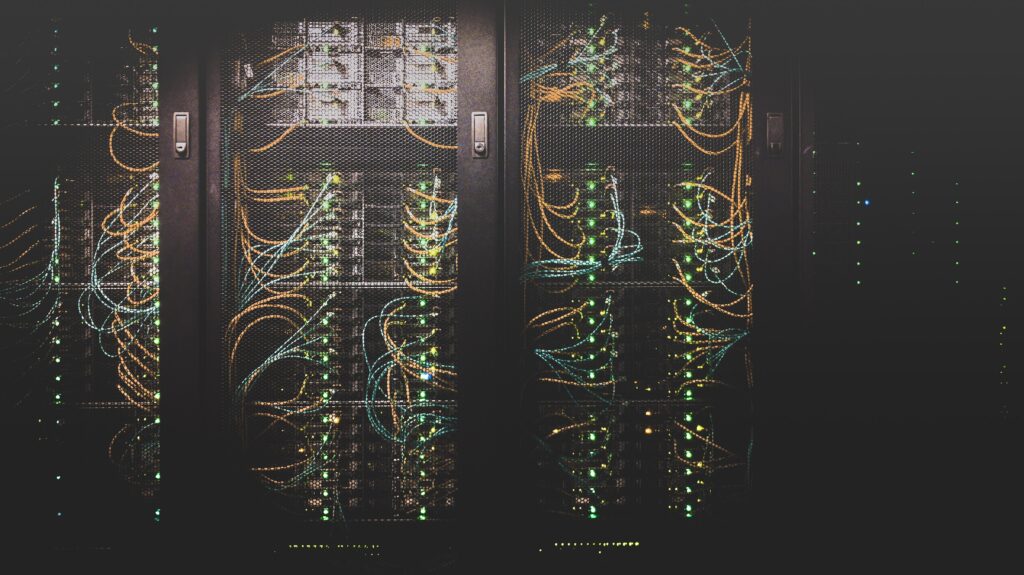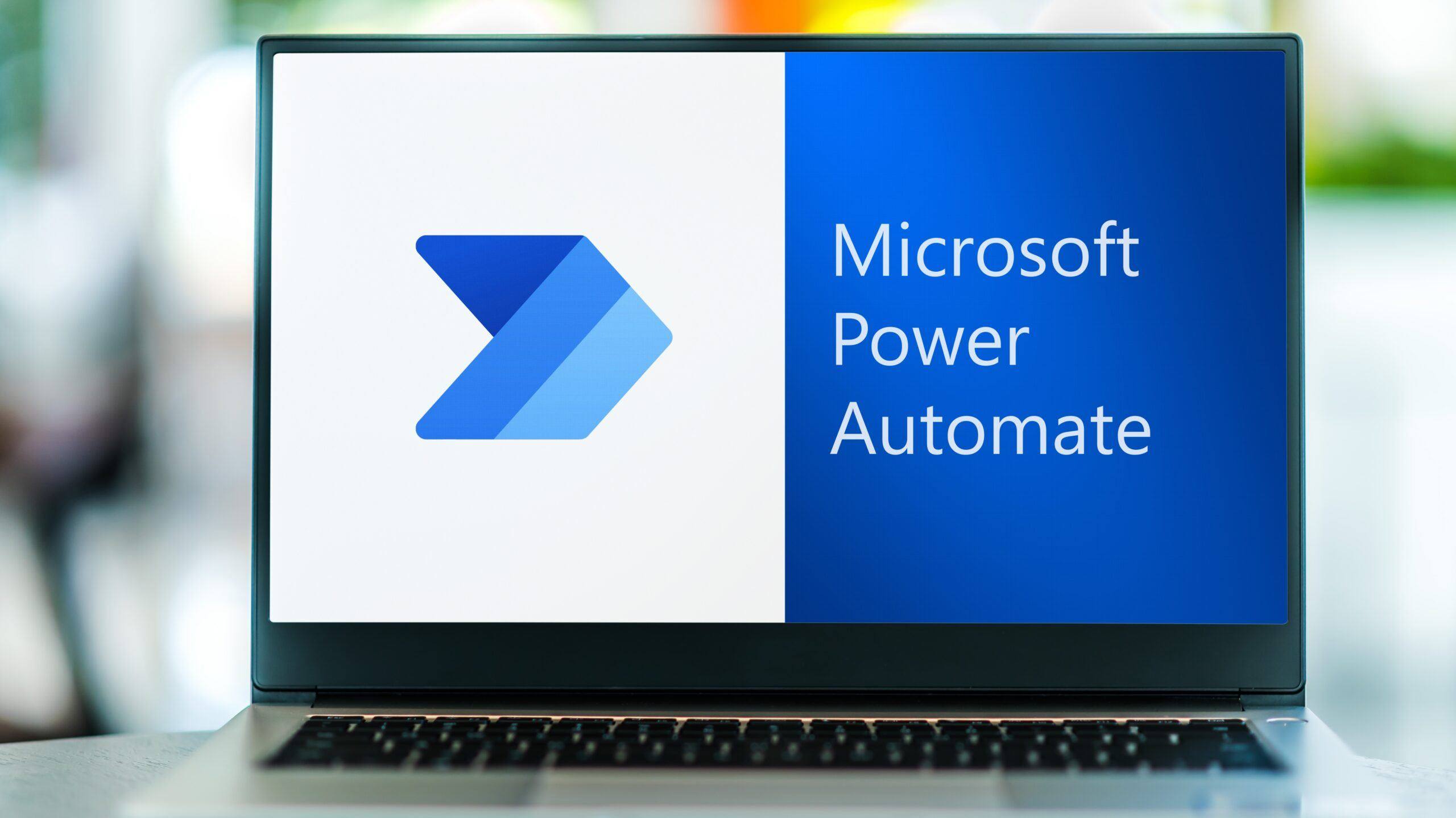How Cloud Computing Differs from Traditional IT Infrastructure

Over the past decade, the shift from traditional IT infrastructure to cloud-based computing has been rapid. With cloud computing now being considered as the most reliable, scalable, and cost-effective IT solution.
Currently, it is estimated that 90% of all businesses are currently using some form of cloud computing services. With that figure set to grow over the next few years. However, many businesses continue to resist the move having built successful data centres using traditional IT infrastructure. As a result they consider it to be more secure and easier to manage in-house.
However, deciding on the infrastructure for your business is a hugely important decision. The one you choose needs to be safe, secure, and accessible.
Ultimately, it must allow you to store and access large amounts of data easily. In addition, it also needs to be cost-effective and scalable.
Therefore ensuring your needs can be met both now and in the future as your business grows. As the last thing you want to do during your peak is to carry out a mass migration or wide software changes.
We’ll explore the differences between cloud-based platforms and traditional IT infrastructure, and which one could be the best IT model for your business going forward.
What is Traditional IT Infrastructure?

Traditional IT infrastructure is constructed around physical hardware. Starting with a group of desktop computers, these are connected wirelessly or via cable to a network switch and often a server of some sort.
This server usually holds the company’s data and applications and often provides centralised management of the users and other devices on the network. Typically, the server is installed on the business premises. As such, any employee working in that office will be able to access the stored information via their computer.
Businesses that adopt this IT model will need to carry out regular, essential software upgrades. This is to ensure their data remains secure, and that they have a fail-safe system in place in case of device failure or the possibility of disasters.
For instance, if a hardware failure were to occur – which is common. Or if something less likely – but possible – occurs. Such as faulty air conditioning causing overheating. Or burst pipes causing flood damage to your server location.
In addition, as businesses grow and expand their teams, they will need to purchase additional hardware in order to increase their data capacity and services.
These tasks are usually carried out by an in-house IT department. It’s this team who will be responsible for maintaining and installing any additional pieces of hardware.
Before the days of cloud computing…
Before storage turned virtual, businesses had to use traditional IT infrastructure to store their business data and information. Mostly because it was the only option available to them. Many successful businesses have built their foundations on this IT model. As a result, many still continue to use it today due to its reliability .
On top of this, physical IT infrastructures are considered to be one of the most secure data hosting solutions. It allows companies to have full operational control and accountability over their own server. In this way, they can also be customised to serve the company’s own data needs and operations.
What is Cloud Computing?
Unlike traditional IT storage solutions, cloud computing is a virtual data solution. It allows businesses to access applications and information online – no matter where they are in the world.
Today, cloud computing underpins a vast number of services we use on a daily basis. For example, consumer services like Gmail, Office 365, or the back-up of your phone’s media on ‘the cloud’ are all hosted on cloud-based software. Thus, allowing large enterprises to store millions of pieces of data. And take advantage of power processing solutions with ease.
Rather than owning their own infrastructure, companies can rent access to cloud servers hosting applications and vast digital storage and processing capability via a cloud service provider.
Therefore this eliminates the need for expensive IT hardware on premise. And it reduces the maintenance support burden on the in-house or external IT team. As a result staff is can be more productive and the process is more secure. Overall, reducing support costs.
In this way, cloud computing offers far more flexibility and scalability than traditional IT infrastructure. Businesses are able to purchase additional data space, and processing capacity. They can even manage employees’ access levels with just a few clicks of a button.
Cloud-based data storage is also typically operated as a ‘pay as you go’ or monthly subscription service. As such, small businesses may benefit from this during their first few years of operation. Especially as this is when cash flow tends to be at its lowest.
Is cloud computing safe?
In contrast to traditional methods, cloud computing stores your data and software externally. It is mostly managed by the IT cloud service provider. This takes the pressure off you and your IT department. Especially if the server ever goes down and you don’t have a contingency plan in place.
However, with your data being held off-site, it does pose some potential security risks. For example, anyone who has access to the server will be able to view and use the data and applications. As long as they are connected to the internet, they can access the cloud.
Because of this, when choosing a cloud service provider, you want to seek complete transparency about how they store data. Perhaps more importantly, transparency about how they protect your data. This way you can ensure the security of your business is of utmost priority.
You may also want to find out control you have as an employer to restrict access to your employees. Especially in terms of access to sensitive and confidential information and that it complies with the GDPR and other regulations.
Cloud Computing vs. Traditional IT Infrastructure
For years, businesses have been torn between the idea of upgrading their current IT infrastructure or taking the plunge and migrating their entire network onto a cloud-based hosting platform.
Both methods of data storage have their obvious benefits and flaws. Naturally, this makes the decision even harder for business owners.
Although cloud-based computing appears to be the most common solution that businesses take. But, as with anything, it of course comes with its own hindrances.
Therefore, you need to have a clear idea of what features you want core IT systems to have. As well as an understanding of how they may improve operations within your own company.
As a guide, we’ve put together five of the most common features businesses look for to help you decide what data storage and IT Infrastructure you should choose. Take a look at the main differences between cloud computing and traditional IT hosting below. It could even give you a clearer idea of which one may be best for you.
1. Operating costs
In terms of their running costs, cloud computing often comes out on top. And it’s definitely a cost-effective IT solution.
Firstly, a cloud-based service can be hosted and have core aspects maintained by the third-party service provider. This means you don’t need to hire a large in-house IT team to manage its daily back office operations.
The host will take care of running regular security upgrades and health checks and have built in failover and continuity systems. As such, this reduces the chances of the server going down. Which would result in unnecessary downtime for your company.
Secondly, cloud-based software operates in such a way that you only pay for the storage space and processing power that you use. For instance, think of it like how you would pay for your monthly utility bills.
For new and small businesses, this can be particularly appealing. As it makes those first few years of growth as cost-effective as possible.
With traditional IT storage, you need to purchase additional hardware and server space upfront to allow your business to grow. Hardware like this can be pretty costly. Especially if you end up investing in resources that you never end up using.
In addition, despite your IT hardware being an expensive asset to purchase in the first place, it’s also the one with a value that significantly decreases year on year.
Any hardware you do purchase will have a low return on investment and will eventually need replacing. So do bear this mind when considering the cost of implementing a traditional IT infrastructure.
2. Flexibility and Scalability
One of the biggest benefits cloud-based hosting has over traditional IT data solutions is the flexibility it offers for businesses. Particularly those who are in their early stages of growth.
Where traditional IT infrastructure falls short is that businesses can only use the hardware that is already installed on their premises. If you run out of storage space or processing power. Then the only solution is to purchase or rent another server.
Similarly, if you expand your workforce, you will need to purchase additional computers and software licences. Not to mention, you’ll then need your IT department to manually install these onto your desktops.
This can be extremely costly, both in time and in cash. A cost you don’t want to face during a period of rapid growth.
Fortunately, cloud-based servers offer the potential for unlimited resources and storage space. Therefore, your business can continue to expand. You can scale without fear of knowing how your server will manage and store extra data.
Your data, processing and software licencing plan can be easily up- or down-graded, depending on your needs from month to month. It is also fully-customisable, so you can add additional software or employee licences via their user interface. This usually involves just a few clicks of a button or a request to your IT Support desk..
When combined, the unlimited storage space and on-demand upgrades of cloud-based computing offer a far more flexible data solution. Especially for any business with plans for future expansion.
3. Durability
Your company’s data store is the one thing that needs to stand the test of time. It’s going to be operating 24/7. It needs to deliver information to your employees as and when it’s required. When it comes to scaling your business, don’t waste time with a troublesome network. Choose the one which can offer the best durability.
One of the great things about cloud-based storage is that the information they hold is mirrored across a variety of servers. These are all linked and managed by a load balancer. This means if one server was to fail or the connection was lost, then no data, or service is lost. Thus, it automatically avoids downtime. As your team will immediately be switched to work on another server without them even knowing.
In contrast, traditional IT systems do not offer such resilience, or they can, but require exhaustive configuration and investment across multiple sites. Their limited out of the box configuration or capacity means that they are susceptible to being over or under utilised.
Particularly when they are overloaded with complex data processing such as backup tasks. Or the ingress or egress of large volumes of data. Add to this that most configurations lack any failover capability, and you have a recipe for downtime.
Even the most well thought out, reliable brands of servers face technical issues at times – and this can’t be helped. Performing regular health checks, maintenance upgrades and IT audits will keep these to a minimum. Though, they can never be eliminated entirely.
4. Security
Your IT network is one of your business’ most valuable assets. As such, you want to do everything you can to ensure it stores your information safely. Without risk of corruption or valuable data getting into the wrong hands or going missing.
The way cloud and traditional IT infrastructures store your business’ data and applications vary. So you want to familiarise yourself with each of them before deciding which storage solution may be best for you.
With traditional IT infrastructure, your data is held on the server within your business premises. As such, the protection and security of your information is down to you and your team to manage.
Usually, this is carried out by an in-house IT department or outsourced IT team. This team should regularly install security updates. As well as ensure backup and recovery systems are in place. Should your server ever crash or its data become corrupted.
5. Accessibility
If this year has taught us anything, it’s demonstrated the need for flexible working solutions.
Where cloud computing dominates over traditional IT infrastructure is the ability to access it from anywhere and at any time. As long as you have a login and internet connection.
So should your employees need to work from home, this can be done with ease. Just as long as you have provided them with a laptop or desktop with which they can work on.
Although it is possible to offer remote access to your employees who work in an environment with traditional IT infrastructure. However it can be complex and often comes with problems requiring additional IT Support.
First, you will need to get your IT department to create a Virtual Private Network (VPN) and the associated security protocols. This allows your employees to access your local network remotely.
With this, you need to ensure your employees have a fast and reliable internet connection. Otherwise, it won’t be able to host the VPN effectively or allow them to work without issues.
Cloud Computing & Traditional IT Infrastructure: Which One Should I Use?
In today’s rapidly developing world of technology, the hosting environment is shifting faster than ever before. With more companies looking for flexible, cost-effective, and manageable hosting platforms. But which method is best to manage and store their data and applications?
Is cloud computing the future?
Cloud computing offers a collective combination of resources. Resources that can be delivered quickly, securely and without the need for regular in-house maintenance or administrative tasks.
As such, its virtual architecture is gradually replacing the traditional model. It’s becoming less common for employers to host their servers internally and in a centralised location.
As great as traditional IT data centres have been for businesses in years’ past. Especially for reliably and physically storing masses of data and running various applications at once. It’s this physicality that is often what restricts them.
Overall, you will struggle to have the same flexibility and scalability of a cloud-based platform. Not without having to invest in a lot of upfront costs or ongoing support time with your own hardware.
The case for traditional IT infrastructure
With that being said, one area where traditional infrastructure is perceived to dominate is with security and connectivity for local users. By holding all your sensitive data and software on-site, you can feel accountable and in control.
You can be confident knowing that there is limited access maintained by a few key individuals. Only you and your team have access to the information which is stored there.
Of course, this is assuming it has been correctly configured and you have adequate security measures in place. If you deal in very large volumes of data, such as video or high resolution images. Then nothing beats having storage and data onsite. But internet connectivity is getting faster. And remote access solutions are reducing that perceived benefit all the time.
Consider the migration
Of course, migrating your IT infrastructure from a physical location to a virtual hosting space and vice versa is huge. It can be a monumental task and quite costly to do all in one go.
As such, you could consider using a hybrid of cloud and traditional infrastructure. Therefore making the transition to a fully virtual one gradual.
In fact, this is a popular stance to take, with 58% of companies currently adopting a hybrid cloud storage system. So, rather than taking a large leap into the virtual world, you and your team can make the transition work at a pace that suits you.
Not Sure Whether a Traditional or Cloud-based Data Storage is Right For You?
There’s so much to consider when deciding to opt for cloud-based computing or traditional IT infrastructure.
If you’re still unsure which IT model may best suit your business, then why not get in contact with us?
We can help to make your decision on whether cloud computing or traditional solutions is right for your business easy.
With over 20 years’ experience as an IT service provider, we are experts in both traditional IT infrastructure and cloud-based solutions. As a result, we can help guide you to find the data storage solution that sets the foundations for your future success.
Whether you’re looking for solid IT infrastructure that can support your current operations and scale with your business growth. Or are seeking to launch your company with an efficient cloud-based software offering complete flexibility for your firm.
Our friendly IT team can create a bespoke data centre to cater to your company’s wants and needs.


